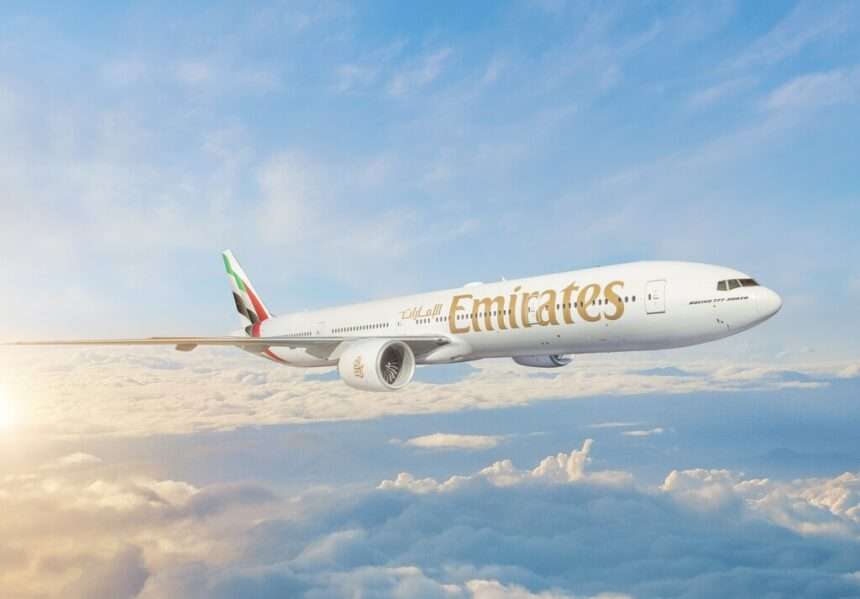Los Angeles International Airport (LAX), a behemoth of the modern air travel industry, boasts a rich history intertwined with the rise of commercial aviation and the evolution of Los Angeles itself.
This journey began not with gleaming terminals and jumbo jets, but with a vision for a fledgling city and a field of barley.
Mines Field: Taking Flight (1926-1945)

In 1926, the Los Angeles City Council recognized the burgeoning potential of air travel.
Seeking a foothold in this exciting new industry, they identified a 640-acre plot in Westchester, championed by real estate agent William W. Mines.
This land, previously used for growing crops, became known as Mines Field. Construction on the airport began in 1928, transforming the fields into basic dirt landing strips.
A year later, Hangar No. 1, a Spanish Colonial Revival structure built by Curtiss-Wright, became the first permanent fixture, a testament to the airport’s early focus on private aviation and flight schools.
Mines Field was officially dedicated as Los Angeles Municipal Airport in 1930, but commercial airline service remained elusive.
The early years were marked by steady progress.
Dirt runways were replaced with more durable surfaces, additional hangars were constructed, and a control tower facilitated basic air traffic management.
However, World War II significantly altered the course of Los Angeles International Airport’s development.
The airport became a vital military installation, training pilots and ferrying troops and supplies.
This wartime experience underscored the strategic importance of LAX and laid the groundwork for its future transformation.
The Jet Age Takes Off: The Rise of International Travel (1946-1970s)

The post-war era witnessed a dramatic shift in Los Angeles International Airport’s fortunes.
In 1946, major airlines like TWA, American, United, and Western Airlines relocated from nearby airports, solidifying Los Angelles as the region’s primary commercial aviation hub.
The rise of passenger jets in the 1950s further propelled LAX’s growth. Traditional linear terminals proved inadequate for the larger, faster aircraft.
To meet these demands, LAX pioneered the innovative “Jet Age Satellite” concept, designed by architect Pereira & Luckman.
Dedicated in 1961 by Vice President Lyndon B. Johnson, these futuristic satellite terminals, with their central cores and spokes, allowed for more efficient boarding and deplaning, becoming a model for airports worldwide.
International travel also increased during this period. Pan American World Airways began service in 1947, opening Los Angeles to a wider global audience.
The growing importance of international connections led to the construction of Terminal International in 1962, the first dedicated international passenger terminal at LAX. LAX, once a domestic airfield, was firmly establishing itself as a major player in the global aviation network.
Expansion and Challenges: A Modern Airport Takes Shape (1970s-Present)
The latter half of the 20th century saw Los Angeles International Airport continue its expansion.
Terminals were added (including the iconic Theme Building in 1961), runways were lengthened, and cargo facilities were expanded.
However, this growth wasn’t without its challenges. LAX’s proximity to residential areas led to noise complaints, and its aging infrastructure struggled to keep pace with ever-increasing passenger traffic.
Safety concerns also arose, culminating in the devastating 1978 collision of a PSA Lockheed Electra and a private Cessna on the runway, highlighting the need for improved traffic management systems.
In response to these issues, Los Angeles embarked on a series of modernization projects.

New terminals were built, runways were reconfigured, and noise abatement measures were implemented.
The 1984 Olympics further spurred infrastructural improvements, ensuring LAX could efficiently handle the influx of visitors.
The dedication of the Tom Bradley International Terminal in 1984, a state-of-the-art facility named after the city’s first African American mayor, was a significant milestone, reflecting LAX’s commitment to global connectivity.
The 21st Century: A Focus on Sustainability and Efficiency
The 21st century has brought new challenges and opportunities for Los Angeles International Airport.
Security concerns post-9/11 necessitated significant upgrades in passenger screening and baggage handling.
Environmental considerations have also become a top priority. LAX has implemented various sustainability initiatives, such as adopting electric vehicles, using solar power, and investing in energy-efficient infrastructure.
Today, Los Angeles International Airport remains one of the busiest airports globally.
It continues to attract major airlines and serves as a vital gateway for international trade and tourism.
However, the future holds further development plans, with a focus on improving passenger experience, reducing congestion, and achieving even greater sustainability.

Click the banner to subscribe to our weekly newsleter.

Click the photo to join our WhatsApp channel so then you can stay up to date with everything going on in the aviation industry!








